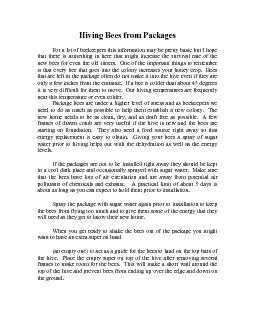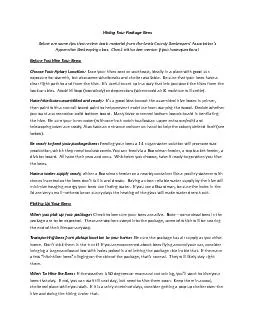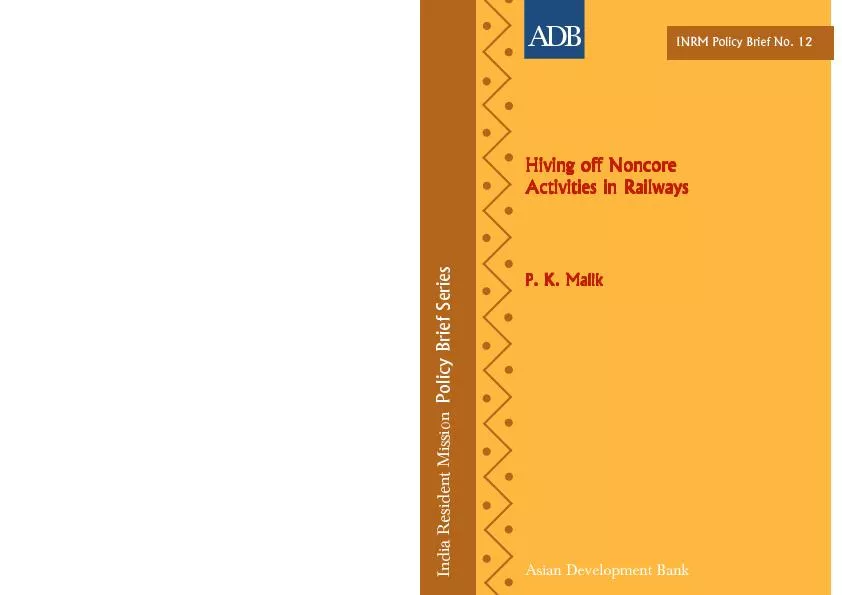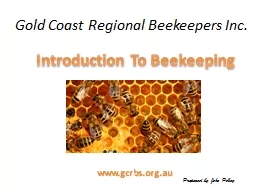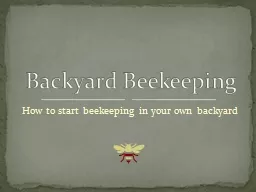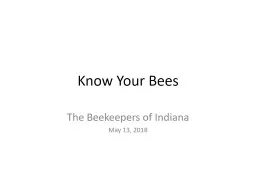PDF-Hiving Bees from PackagesFor a lot of beekeepers this information may
Author : tawny-fly | Published Date : 2015-08-07
Speaking of things down on the ground don146t forget to wear some tall boots or take measures to prevent bees from getting lost up inside your pant legs A simple
Presentation Embed Code
Download Presentation
Download Presentation The PPT/PDF document "Hiving Bees from PackagesFor a lot of be..." is the property of its rightful owner. Permission is granted to download and print the materials on this website for personal, non-commercial use only, and to display it on your personal computer provided you do not modify the materials and that you retain all copyright notices contained in the materials. By downloading content from our website, you accept the terms of this agreement.
Hiving Bees from PackagesFor a lot of beekeepers this information may: Transcript
Download Rules Of Document
"Hiving Bees from PackagesFor a lot of beekeepers this information may"The content belongs to its owner. You may download and print it for personal use, without modification, and keep all copyright notices. By downloading, you agree to these terms.
Related Documents

